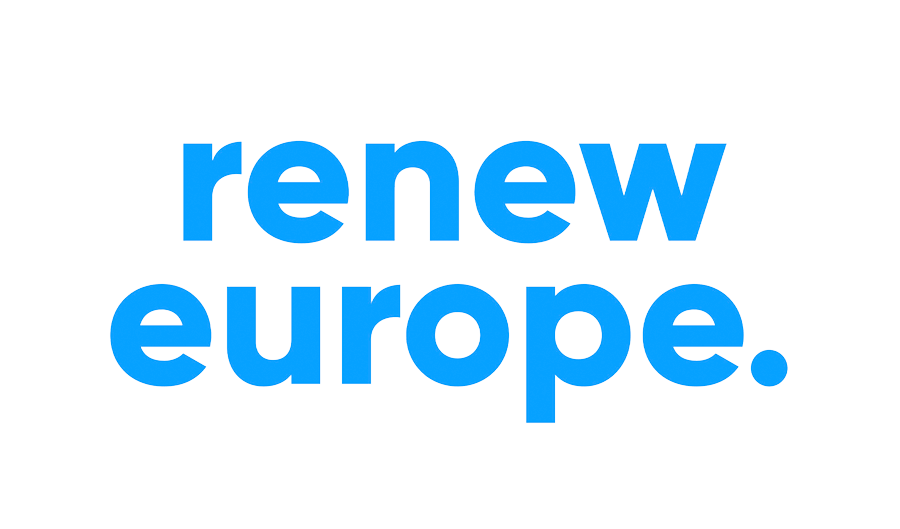The COVID-19 pandemic is a wake-up call for all of us. Human, animal, and plant health are all intrinsically interconnected. As the pandemic showed, we failed to integrate these three dimensions, writes Hilde Vautmans.
Hilde Vautmans is a Belgian member of the European Parliament from the liberal Renew Europe group. She is chairwoman of MEPs for Wildlife.
Wildlife seems to be a remote spectacle to many. In fact, during my 1.5 years as president of the MEPs for Wildlife Group, I even realised that people have a romantic and idealistic view of wildlife.
One only thinks of safaris in Africa, gorillas in the Virunga National Park or documentaries by David Attenborough about the fauna and flora in the Amazon Rain Forest. However, the current COVID-19 pandemic and other disease outbreaks of zoonotic origin, such as SARS and Ebola, clearly demonstrate the opposite: wildlife is everyone’s business.
Globally, wildlife is under intense pressure from human activity and overexploitation. Illegal and unsustainable wildlife trade, deforestation, poor governance, wildlife trafficking and corruption have significant negative impacts on ecosystems and the loss of multiple wild species.
This affects the integrity of whole ecosystems, contributes to climate change and impacts local livelihoods, economic development and security.
The COVID-19 pandemic is a wake-up call for all of us. Human, animal and plant health are all intrinsically interconnected. As the pandemic showed, we failed to integrate these three dimensions.
This absence of a holistic approach and the lack of coordinated global efforts are mistakes that we cannot afford again. If we want to protect ourselves from future pandemics, a truly trans-sectoral One Health approach, must be our response.
This is a matter of urgency. Efforts must be focused on preventing pandemics of zoonotic origin at their source. In other words: stopping them at the point of spillover of pathogens from animals to humans, well before they can become local outbreaks, epidemics, or global pandemics.
This means, in the first place, protecting intact ecosystems and stopping deforestation and forest degradation to limit the human-wildlife interface. Second, we need to seriously look into the wildlife trade and consumption. The focus should not be on illegal wildlife trade, but on wildlife trade as a whole, both legal and illegal.
There is no evidence that the risk of pathogen spillover is exclusively related to illegally obtained animals. As you all can imagine, a virus is indeed indifferent to whether an animal in a market was obtained legally or not.
To those who think that the conservation of wildlife or the fight against wildlife trafficking is none of our business, I can say: fighting wildlife crime and restoring our biodiversity is very much our concern, also in Europe.
It goes without saying that we are all interconnected and that the EU cannot act alone. Therefore, an international approach is fundamental if we want to avoid such crises from happening again. Viruses don’t stop at our borders, you see.
With its Biodiversity Strategy for 2030, the EU has the powers and ambition to take the lead in this fight and to influence the rest of the world.
The strategy provides the foundation for ambitious EU action to tackle the biodiversity crisis, efforts to reduce wildlife trade and consumption, and commitments to help prevent and build up resilience to possible future diseases and pandemics. Words must become deeds, and the EU must take its responsibility.
The Commission has been talking a lot about the revision of the EU Action Plan against Wildlife Trafficking, but we have been waiting for this for over a year. The pandemic has shown that there is absolutely no time to waste. Now is the time for fundamental change.
Gepubliceerd in Euractiv op 01/10/2021.
